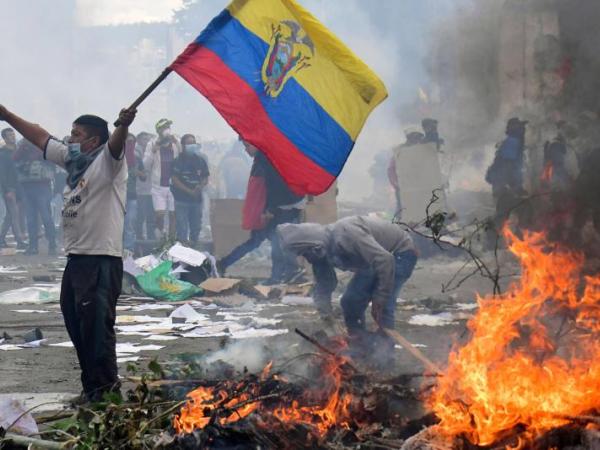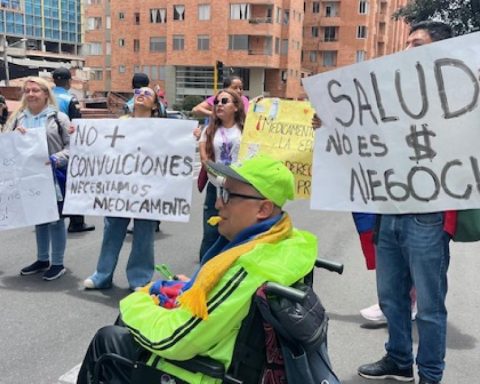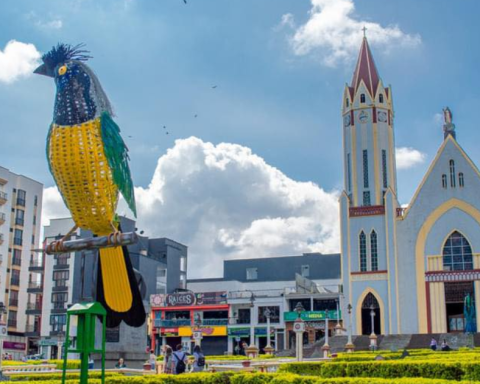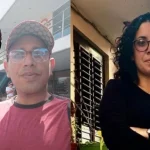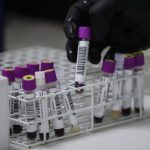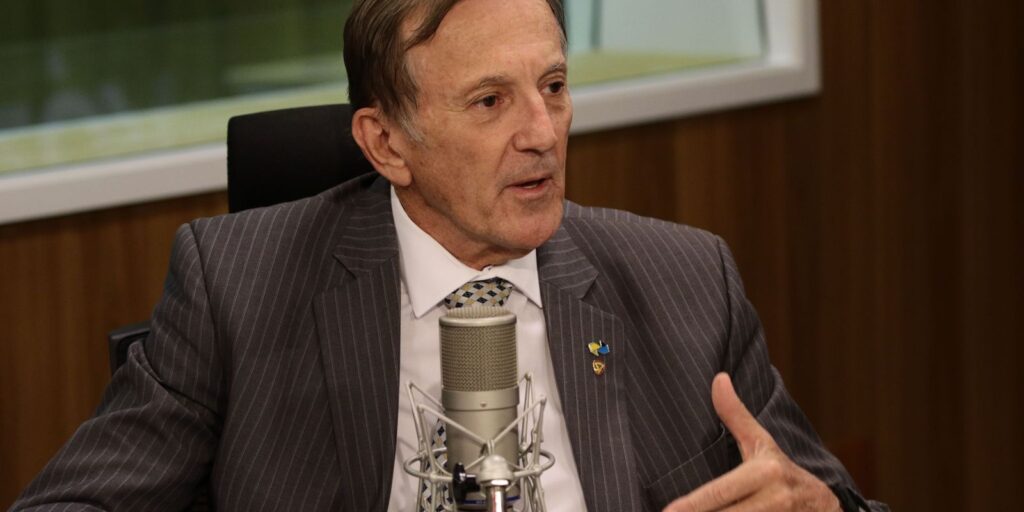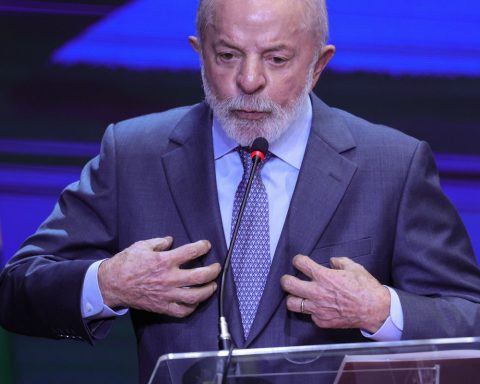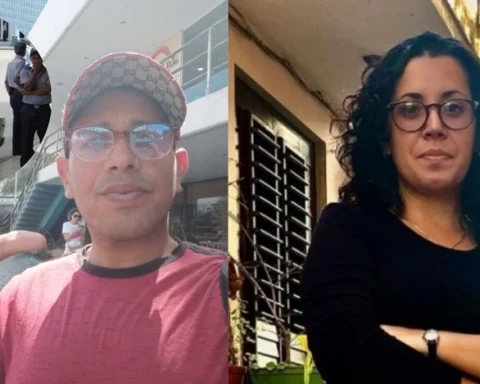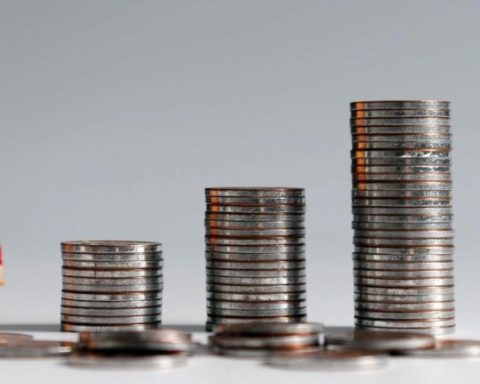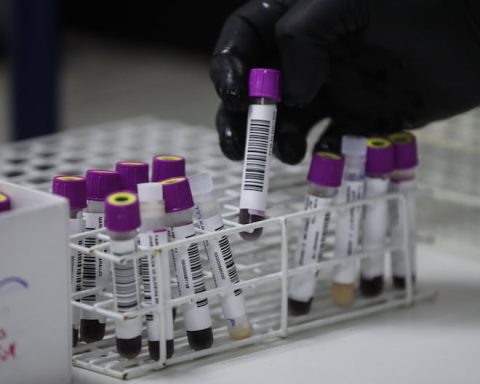The government of President Guillermo Lasso, from the neighboring country of Ecuador, already registers 11 days of fierce indigenous protests who claim for relief in the cost of living, among those, a reduction in fuel prices.
(Economies ‘of the left’ in the region register a mixed balance).
Indigenous people point out that they are reaping at a loss in a dollarized economywith the increase in gasoline and diesel as a result of the global inflationary cycle, freight costs became more expensive.
“The costs of chemicals are so high that farmers have to work at a loss,” summarizes the indigenous Zamora reviewed by the AFP agency.
(The consequences for Latin America of the great rise in rates in the US).
This social discontent of the indigenous population is not recent, but has begun to take shape since the previous mandate of Lenín Moreno. “Since 2017 there has been a social discontent that has to do with the turn of politics that the country has adopted and, more importantly, the implementation of policies with a more ‘neoliberal’ cut. This has meant a greater disinvestment in public services, a weakening of the protection system and a precariousness that has been exacerbated by the covid-19 crisis”, explained to Portafolio, a professor at the Latin American Faculty of Social Sciences (Flacso), Ecuador section. .
The demonstrations against the current government of businessman Guillermo Lasso are led by the Confederation of Indigenous Nationalities of Ecuador, known by its acronym Conaie, who present a document with 10 proposals.
Among these suggestions are the rise in fuel or food prices of the basic basket; greater protection of public goods; strengthening of education and public health, the privatization of key sectors or the renegotiation of debt with lending banks.
According to the AFP agency, which cites official figures, reducing fuel prices as requested by the indigenous people would cost the Ecuadorian state more than US$1 billion a year in subsidies. This is considered by Lasso as “unfeasible”.
In a failed attempt to control the mood, the government of President Lasso ordered a state of emergency for six provinces and the arrest of Leonidas Iza, the main indigenous leader leading the demonstrations.
“This undoubtedly radicalized the protesters (…) However, the Lasso government has been giving in to some of these proposals with the aim of seeing if things calm down,” said political scientist and consultant Juan Federico Pino.
In this sense, the Government has announced measures such as increasing bonuses for the poorest 30% of the population, from US$50 to US$55, and forgiving debts of up to US$3,000 with a state bank for farmers and peasants, according to figures officers.
Since last June 13, the demonstrations have left a balance of three dead, 92 injured and 94 detained, according to figures from the Alliance of Organizations for Human Rights. In the 2019 marches, the balance was 11 dead and more than 1,000 injured throughout the country, as well as losses of US$800 million.
THE SOLUTION TO THE CRISIS
The indigenist commission is asking for “minimum conditions” to start a dialogue. Among these, the liberation of emblematic places such as the House of Culture, something that finally happened this Thursday afternoon. Despite this, for Herrera, “it gives the impression that both parties do not want to give in.”
Both analysts have among their future scenarios that cross death occurs, a mechanism of the Ecuadorian Constitution in which, among other scenarios, in times of political and social instability, the president resigns with the Assembly.
ROBERTO CASAS LUGO
BRIEFCASE
